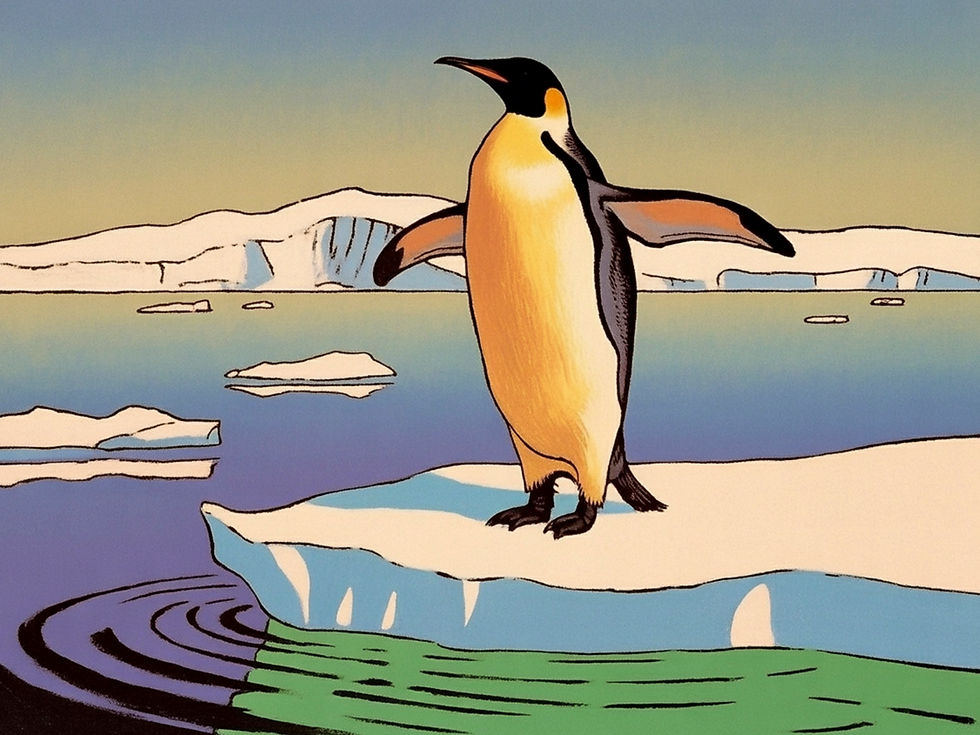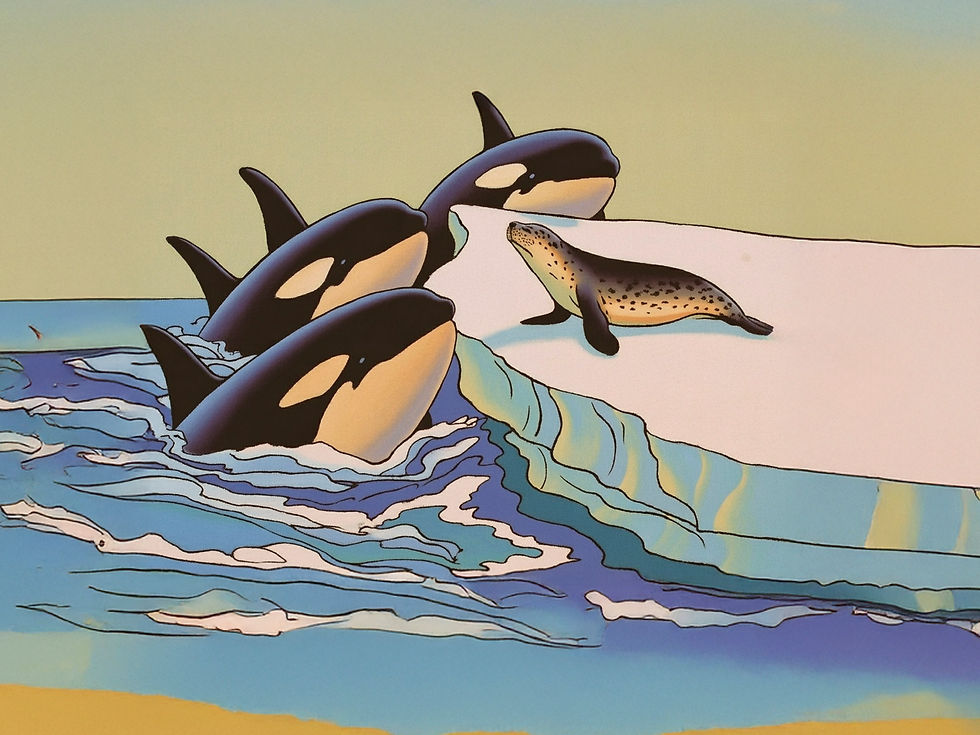Epic Antarctica: Trip of a Lifetime
- Digital Rabbit

- 2 days ago
- 5 min read
Updated: 7 hours ago
All expedition voyages start with an itinerary. Few follow it. This month-long journey along the coast of Antarctica was no exception. What began as a voyage of exploration soon turned into something far more urgent—a rescue mission in one of the most remote corners of the world.


















Post Script




Comments